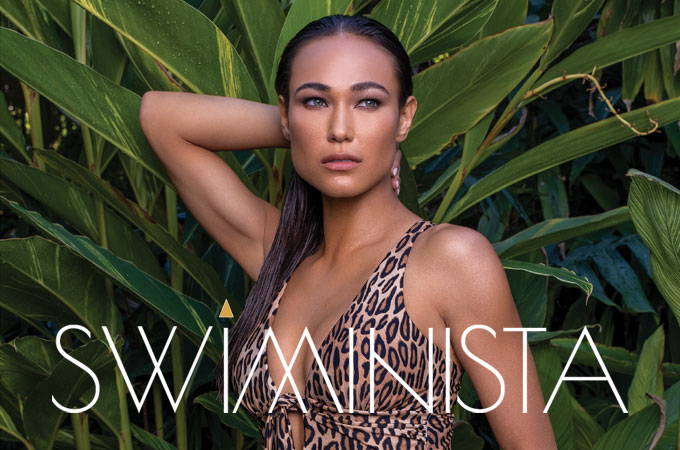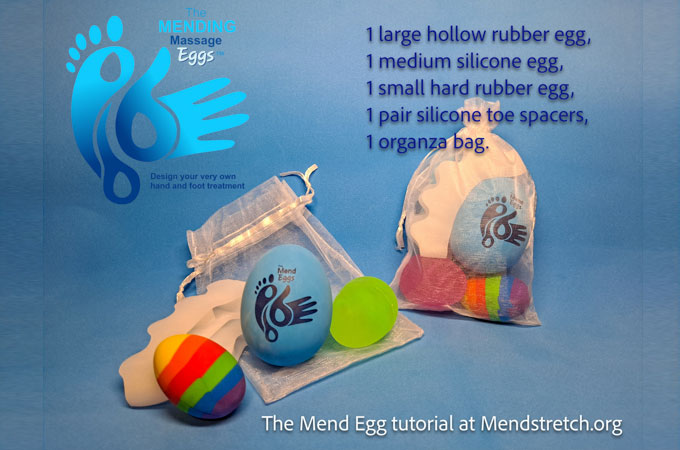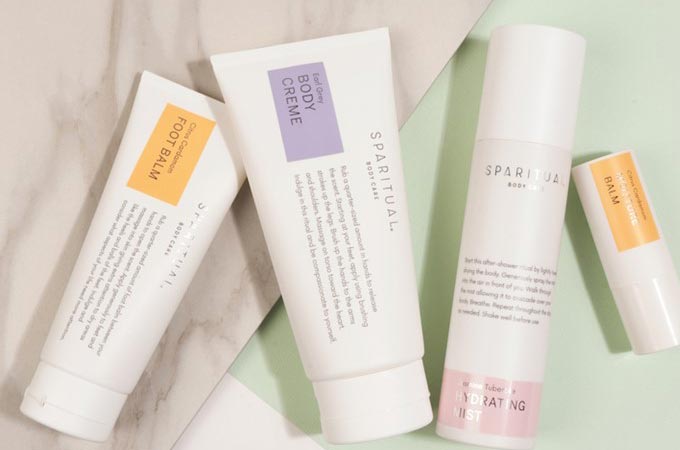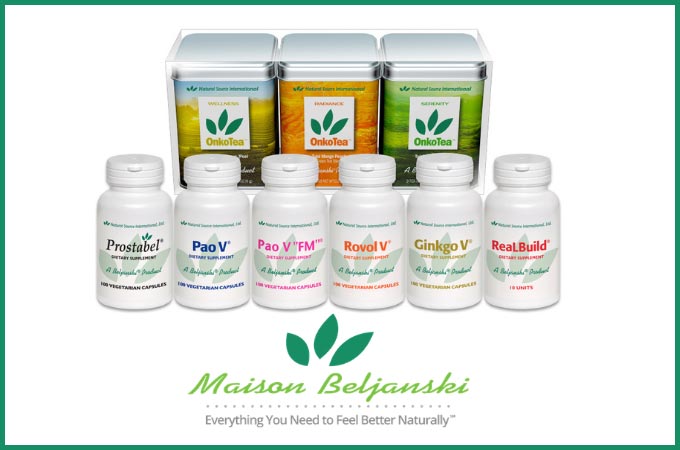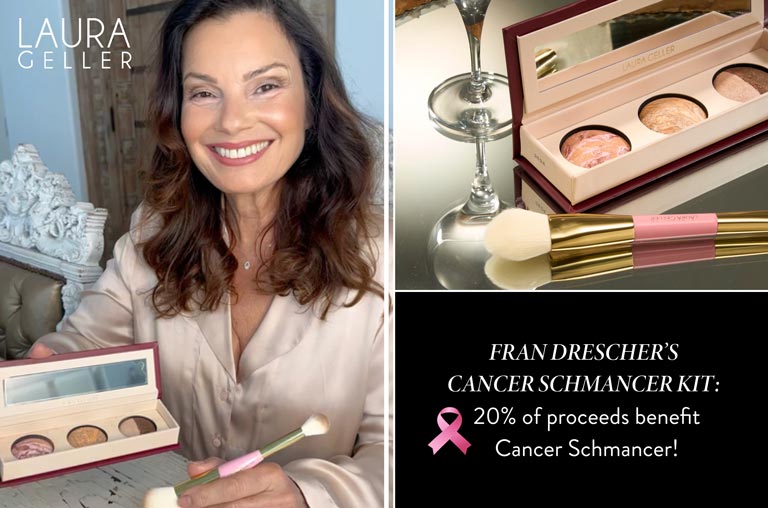Beauty products and cancer: Are you at risk?
Have you been unknowingly increasing your cancer risk for the sake of beauty? It depends on what products you use.
“There are concerns with beauty products that contain endocrine disrupting chemicals (EDCs). These chemicals may interfere with your hormonal system,” says Lorenzo Cohen, Ph.D., MD Anderson professor and director of the Integrative Medicine Program.
“While a direct link between EDCs and cancer is not yet definitive, certain cancers are hormonally-driven,” Cohen explains. They include breast, prostate, ovarian and endometrial cancers.
Other beauty and personal care products contain small quantities of known cancer-causing chemicals. “Even a low dose should cause concern, especially if you use the product every day,” Cohen says.
But don’t cancel your beauty appointment just yet. Currently, there are no definitive links to cancer. Instead, Cohen advises that you get informed and take proper precautions.
Here’s what you need to know.
Hair dye: cancer risk unclear
Hair dye products include close to 5,000 chemicals, including some that might cause cancer. Researchers have been studying the possible cancer link for decades.
In the mid to late 70s, scientists found chemicals in hair dye that caused cancer in animals. Hair dye makers removed some of these chemicals, but scientists aren’t sure if the remaining chemicals cause cancer.
In fact, the National Cancer Institute says research on cancer and hair dye use is conflicting.
In other words, it’s unclear if using hair dye ups your cancer risk. Find out if your favorite hair dye has cancer-causing chemicals in the National Toxicology Program’s 12th Report on Carcinogens.
Hair straightening products: high cancer risk for some
Some hair straightening or smoothing products like the Brazilian Blowout contain formaldehyde, a known cancer-causing chemical.
If you work in a beauty salon, beware: the cancer risk may be high for people regularly exposed to formaldehyde in the workplace. And, the risk is highest when the product is being applied, putting stylists at greater risk.
However, if you’re a customer who uses hair straightening products with formaldehyde, your cancer risk is low. “But it’s best to take a precautionary approach and decrease exposure to known carcinogens,” Cohen says. “The long-term health effects of constant exposure are unclear and under investigation.”
Bath and body care products: known endocrine disruptorsbath care products
Do you really know what’s in your bath and body care products? What you don’t know could hurt you.
The Environmental Working Group (EWG) found the carcinogen 1,4-dioxane in 28% of all personal care products. The Organic Consumers Association (OCA) found the same chemical in more than 40% of products labeled “natural.” This includes shampoos, soaps, and body-firming and anti-aging lotions. Take note: 1,4-dioxane isn’t listed on product labels. Some chemicals that may contain it include:
- PEG
- Polyethylene
- Polyethylene glycol
- Polyoxyethylene
- Chemicals ending with –eth and –oxynol
Most product manufactures have removed known cancer-causing chemicals from baby care products, but adults may remain at risk. Keep in mind: a direct link between personal care products and cancer is not yet established.
It’s not just carcinogens you should worry about, though. “EDCs like phthalates and parabens are in most personal care products,” Cohen says. “And, what comes in contact with your skin absorbs into your circulatory system, potentially affecting your hormone and immune system.”
Endocrine disruptors have been associated with altering reproductive function in men and women, abnormal growth patterns, neurodevelopment delays and even an increased risk of breast cancer.
Also, fragrances are generally in personal care products to cover up the odor of toxic chemicals. And, many of them contain EDCs, allergens and neurotoxins.
UV nail lamps: more research needed
Nail salon dryers use UV nail lights to speed up the drying time of polish. And, such lights are a cause for concern.
“It appears that exposure to UV nail lights is a risk factor for developing skin cancer,” says Deborah F. MacFarlane, M.D., professor in Dermatology at MD Anderson . MacFarlane reports in a JAMA Dermatology article that two women developed skin cancer on their hands, both of whom had used UV nail lamps.
Another recent study reports the amount of UV light exposure varies from salon to salon, and for damage to occur, you’d have to visit a salon at least eight times. Even then, the risk for skin cancer remains small.
“More research needs to be done to confirm there’s a link between UV nail lights and skin cancer,” MacFarlane says. She suggests using non-UV options for drying your nails for now, especially if you visit salons regularly.
Make wise choices
Your beauty shouldn’t come at the expense of your health.
So, until more is known, do your homework (use the EWG’s cosmetic database), check product labels for ingredients and warnings, and try to avoid using products with known cancer-causing chemicals.
“A good rule of thumb: If you can’t pronounce the ingredient and you don’t know what it is, you should proceed with caution and seek more information,” Cohen says.
Click here for more resources from the MD Anderson Cancer Center

